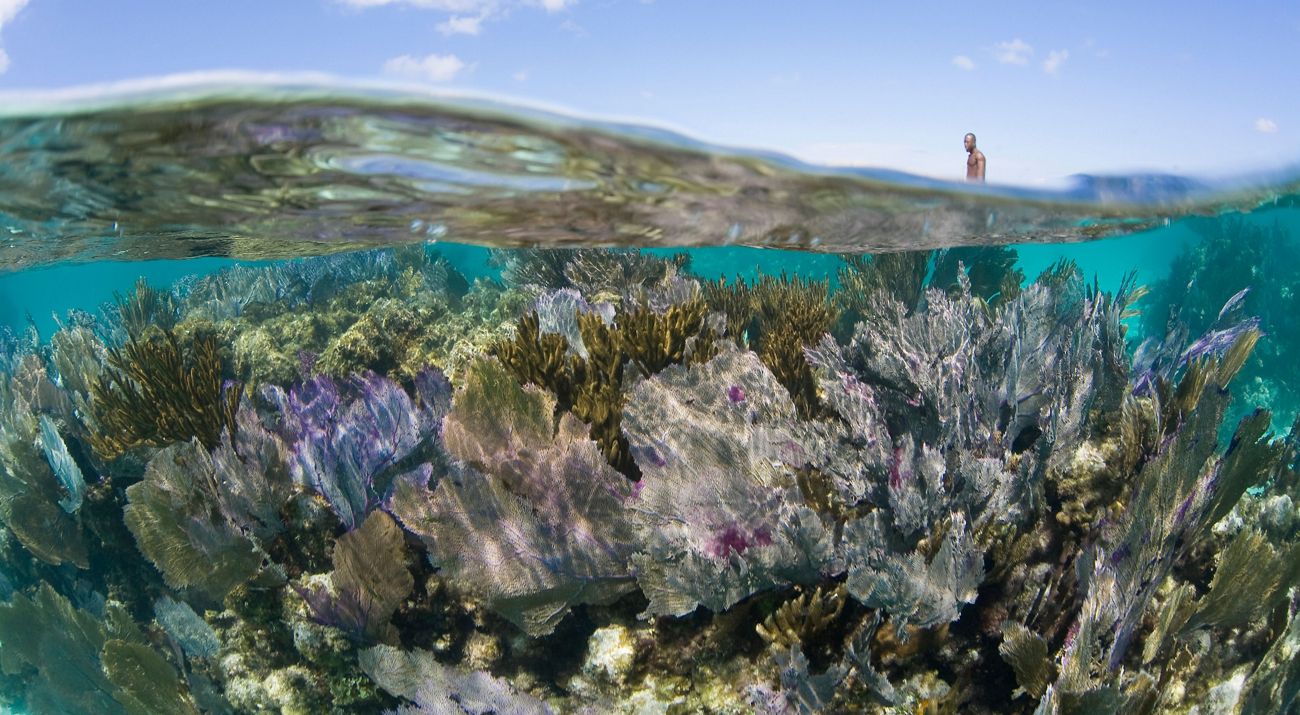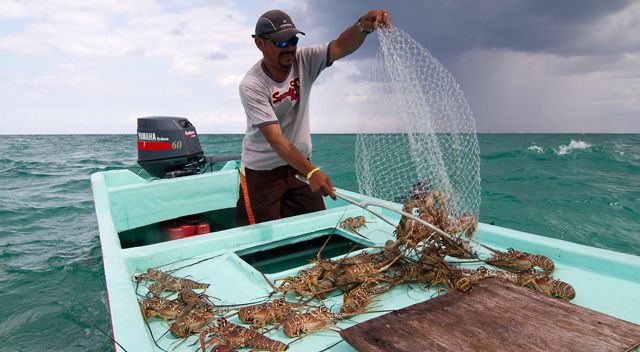Description
The largest barrier reef in the Western Hemisphere boasts a mosaic of marine and coastal habitats.
Stretching for 625 miles along the coast of Honduras, Guatemala, Belize and Mexico, the Mesoamerican Reef (MAR) is the largest barrier reef in the Western Hemisphere. It encompasses a rich mosaic of beaches and dunes, coastal wetlands, lagoons, mangrove forests, seagrass beds and coral reefs. It’s coastline’s sandy beaches and azure waters are dotted with fishing villages, and its picturesque beauty draws thousands of visitors each year to the tourist epicenters Cancun and Belize.
The MAR is home to more than 500 fish species, 60 coral species, 350 mollusks and marine mammals, algaes and seagrasses. Critically endangered species occur here, too:
· saltwater crocodile
· green, hawksbill and loggerhead sea turtles
· Nassau and goliath grouper
· the largest population of manatees in the western Caribbean
· the largest aggregation of whale sharks in the world
An estimated 2 million people are woven into the very fabric of the MAR’s rich coastal environments and count on healthy ecosystems here for their food, water and livelihoods. Thousands of artisanal (small-scale) fishermen and the fishing industry in Honduras depend on the MAR’s fisheries, including lobster, conch, snapper and grouper. Thus, healthy marine and coastal ecosystems here provide the foundation for both local economies and the region’s multi-billion-dollar tourism industry.
But this area is threatened by overfishing, pollution from human settlements and agriculture, sedimentation, inappropriate tourism practices and changing land uses along the coast. Climate change is causing higher water temperatures, sea-level rise, stronger tropical storms and changes in the pH of seawater — all of which are pushing natural systems to their limits.
Ensuring that the MAR’s marine and coastal habitats remain intact can help stabilize beaches and reduce the vulnerability of people, plants, animals and fish stocks to these threats. Thus, conserving marine ecosystems and addressing climate change impacts on local communities have irrefutably become the same goal.
WHAT THE CONSERVANCY IS DOING
Here, we are working with governments, local communities and conservation groups on the following actions:
· Building a comprehensive network of well-managed coastal and marine protected areas, particularly for conservation gaps in Mexico's Riviera Maya, Cozumel and Mahahual; Honduras' Bay Islands, Trujillo and Tela-Cuero Salado systems; and Central Belize (including Turneffe and Lighthouse Reef atolls).
· Creating permanent finance mechanisms that will pay for the basic management costs of protected areas to avoid "paper parks" and instituting so-called "ecosystem services payments," which are economic incentives for owners or managers of natural areas to protect their natural resources that others benefit from.
· Establishing a network of marine no-take zones and fisheries management systems — especially in areas where huge concentrations of fish gather to spawn and other critical habitats such as coral reefs, mangroves, seagrasses and lagoons — to stem the tide of declining snapper, grouper, lobster, conch and shrimp populations. Focal areas include Sian Ka’an and Banco Chinchorro in Mexico, a complete network in Belize, and the Bay Islands in Honduras.
· Because better monitoring and surveillance is key to the success of these sanctuaries in rebuilding dwindling fish populations, we are helping create voluntary citizen surveillance networks and building the capacity of enforcing agencies to patrol these protected zones.
· Implementing coastal zoning and land-use regulations — such as the Tulum Land Use Zoning Plan, the Belize Coastal Zone Management Plan and the Bay Island Land Use Zoning Plan in Honduras — to address the pollution and development impacts from tourism and local population growth that are destroying mangroves, sand dunes, lagoons, wetlands and even degrading off-shore coral reefs.
· Ensuring that authorities in Mexico comply with water management and treatment legislation and best practices.

